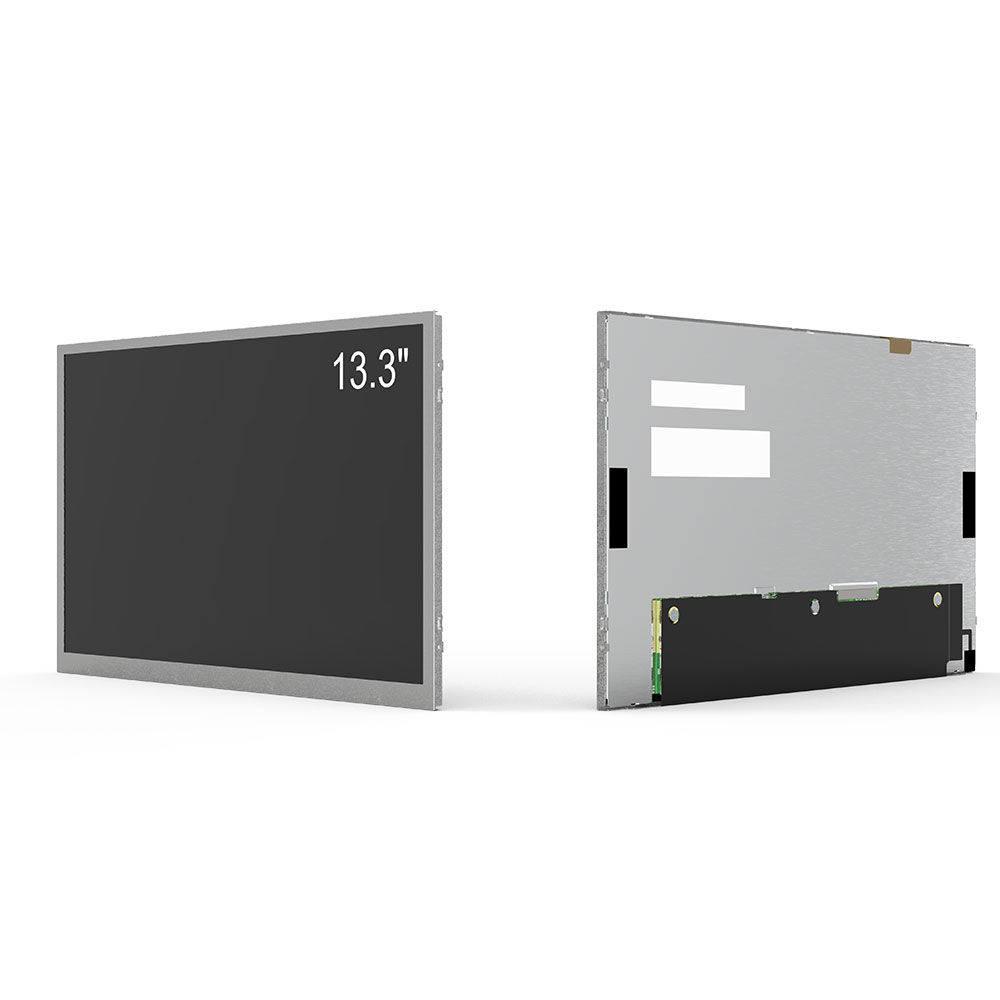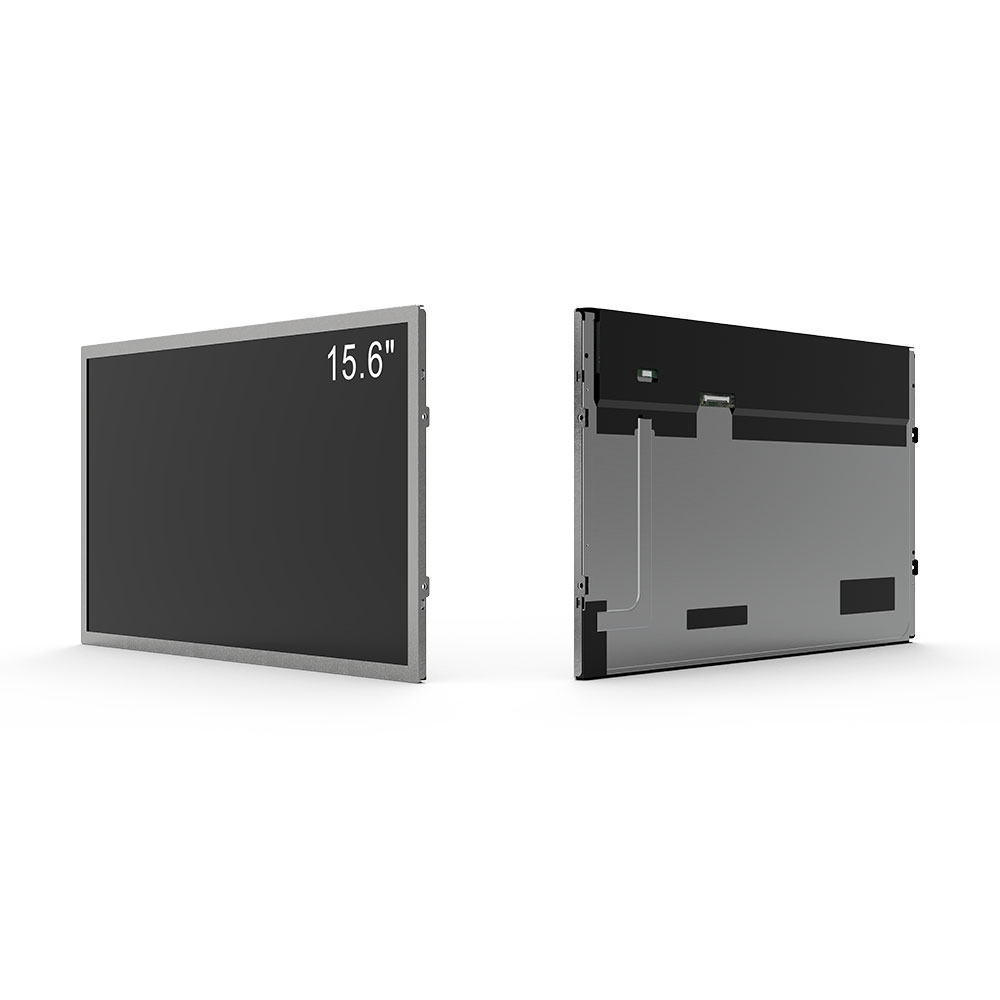- Home
- About Us
- Products
- News
- Video
- Contact
- Send Inquiry
Search
- Home
- About Us
- Products
- News
- Video
- Contact
- Send Inquiry

When designing outdoor digital signage solutions, selecting the correct display ratio—specifically 16:9—and appropriate screen sizes is critical for maximizing visibility, energy efficiency, and audience engagement. Based on industry standards from organizations like the International Electrotechnical Commission (IEC) and real-world deployments across retail, transportation, and public safety sectors, we analyze how different screen dimensions impact performance in harsh environments.
A 16:9 aspect ratio remains the dominant choice for outdoor LCD screens due to its compatibility with modern HD and UHD video content. Whether it’s a compact 10.1-inch unit used in kiosks or a massive 110-inch display installed at a stadium entrance, maintaining this ratio ensures consistent visual experience without distortion. For example, a 21.5-inch outdoor monitor used in a city bus shelter must deliver sharp text and vibrant imagery even under direct sunlight—a challenge met by combining 16:9 resolution with high brightness (typically 5,000–7,000 nits) and anti-glare coatings.
Screen sizes vary significantly based on application:

- Small (10.1”–15.6”): Ideal for portable or embedded installations like vending machines or security booths.
- Medium (18.5”–27”): Common in commercial storefronts, where clear branding and dynamic ads are essential.

- Large (32”–55”): Used in transit hubs, schools, and corporate lobbies where long-distance viewing matters.
- Extra-Large (65”–110”): Installed in stadiums, highways, or large public plazas, these require robust weatherproof enclosures (IP65 or higher) and thermal management systems to prevent overheating.
Manufacturers such as LG, Samsung, and NEC have standardized production around these sizes, enabling scalable deployment. Our team at an international LED display integrator recently completed a project installing 43” and 49” outdoor displays along a coastal highway. The units featured dual-layer glass protection, automatic brightness adjustment, and IP66-rated housings—all critical for durability in salty, humid climates.
Proper sizing also affects power consumption. A 55” 16:9 panel typically consumes 150–250W, whereas a 110” model can exceed 500W. Energy-efficient drivers and LED backlighting technologies now allow up to 30% reduction in power usage compared to older CCFL models.
Ultimately, choosing the right outdoor LCD size isn’t just about aesthetics—it’s about engineering resilience, clarity under sunlight, and ROI over time. Always consult with certified installers who follow ISO 14001 environmental standards and provide lifecycle support.